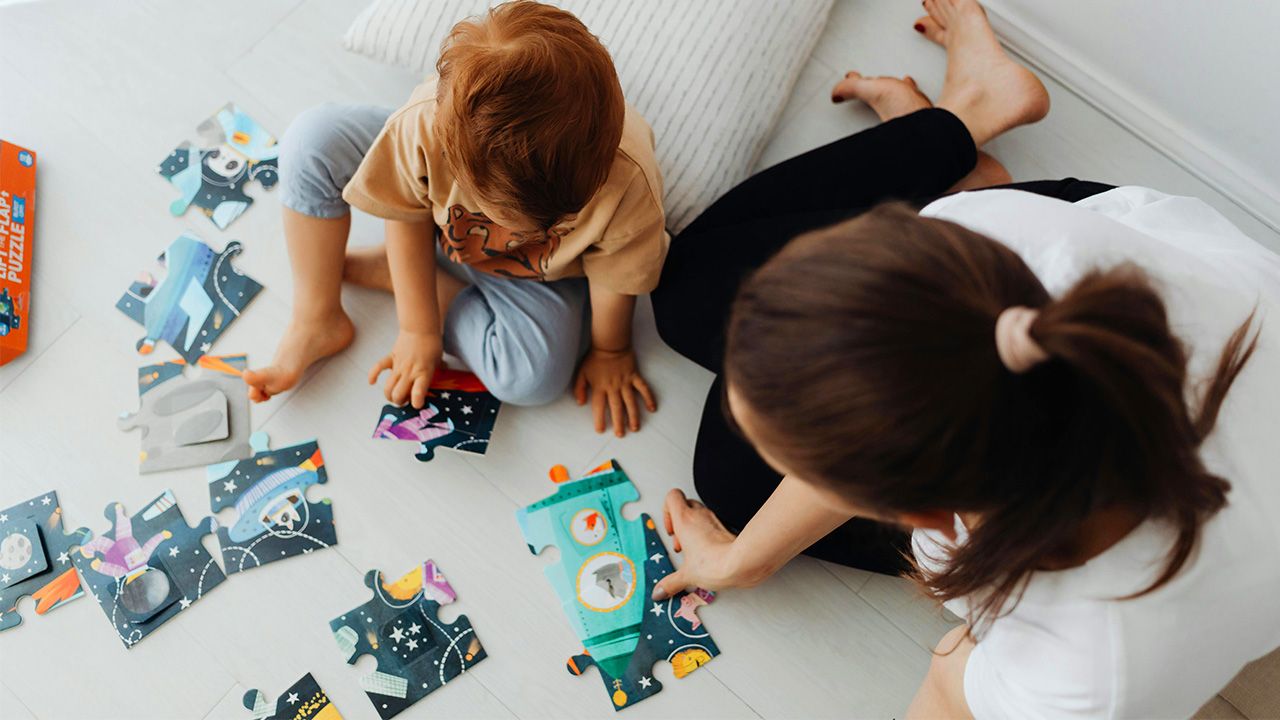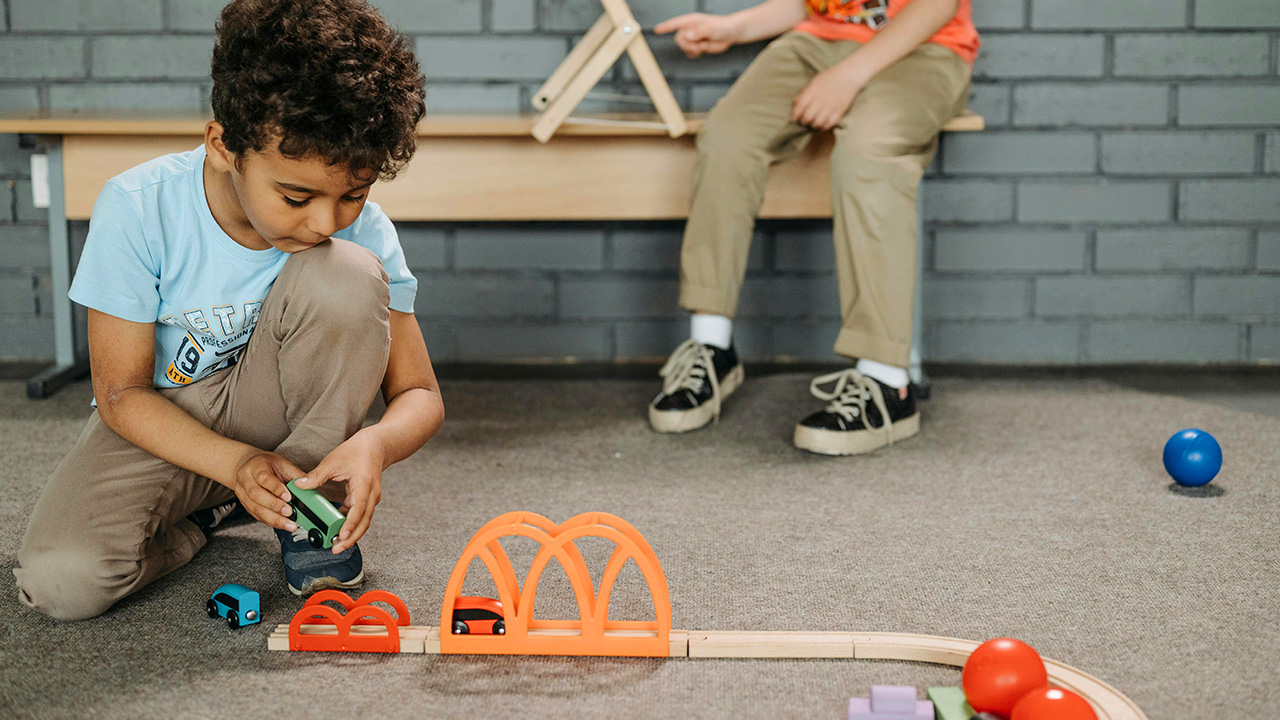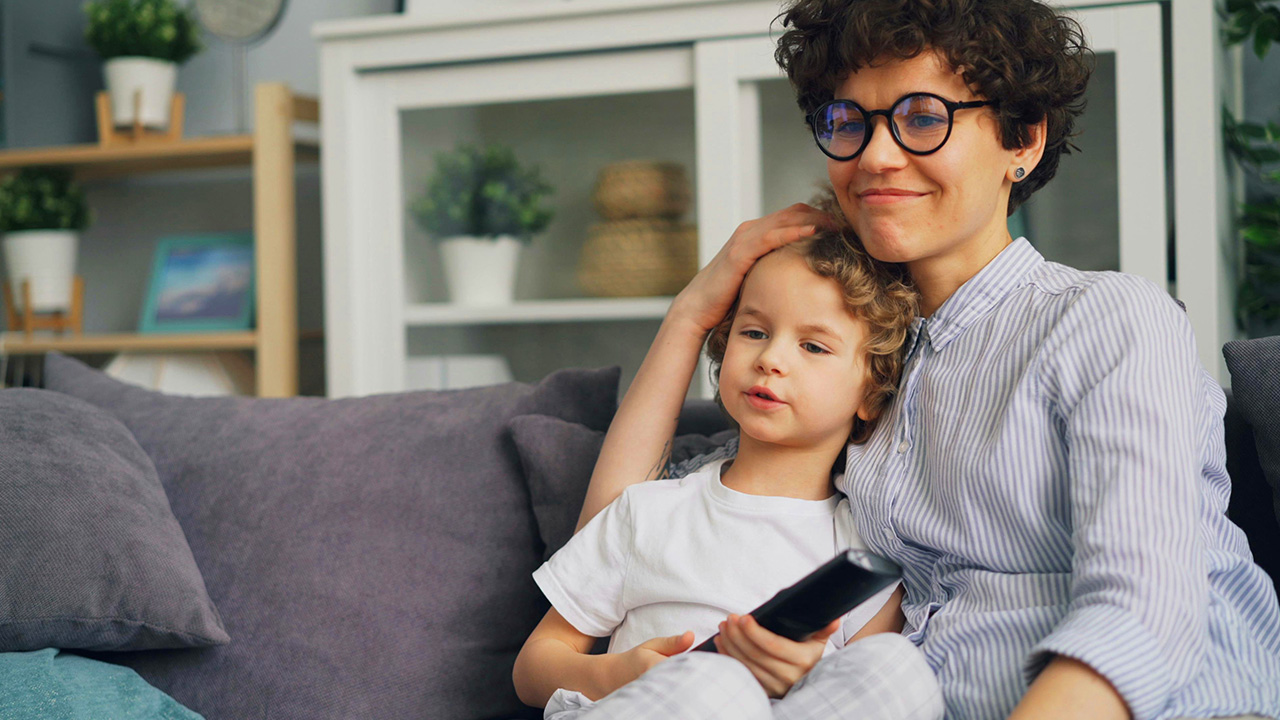
Attention, Please!: The Importance of Attention and How to Start Nurturing Your Child’s Attention At Home
Any adult who lives or works with children knows how important it can be for a child to pay attention. Attention, or concentration on one thing while ignoring distractions, makes it possible for kids to do important tasks like listening to and remember instructions, avoiding distractions, and working and playing independently. Research shows that a child’s attention span, or the amount of time that they can pay attention to something, plays an important role in their educational success as well. A 2013 study suggested that a four-year-old’s attention span can roughly predict their math and reading ability at age 21, as well as their likelihood of completing college by age 25.1
At the same time, paying attention is notoriously difficult for kids, and there’s a lot we still don’t know about how attention works and changes as a child grows. “Attention” can be used as a catch-all term for many different, vaguely related skills and abilities.2 As a society, we often don’t even agree on what “good” attention looks like. A 2016 study showed that teachers, parents, and scientists can have very mixed opinions about what qualifies as a reasonable attention span as a child grows.3 As far as the difficulty of getting kids to pay attention, there’s a biological reason for that: while attention skills typically mature considerably between ages 3 and 6, the prefrontal cortex, a part of the brain that is heavily involved in attention and other important cognitive skills, doesn’t fully mature until about 25 years of age.4 5 Growing and nurturing attention is truly a life-long process!
With all of this in mind, it’s important to remember that you know your child best. Factors like your child’s personality, your family culture, and whether your child could have an attention-related disability like attention deficit hyperactivity disorder (ADHD) are important to factor into your goals for your child’s attention. As you think about your goals for your child, you might ask: What level and length of attention does my child need to enjoy the amazing world around them? What level and length of attention does my child need to grow into a safe, healthy, and happy adult? And how can I help them get there over time?
While none of us know exactly which skills our kids will need in the future, it is likely that the ability to pause and willfully focus their attention in a world of constant information will be one of them. Here are a few tips to start growing your child’s attention today:

Minimize distractions and interruptions.
-
Offer fewer toys
A 2018 study found that having access to fewer toys can help children play longer and more creatively with individual toys.6 To help your child focus during play, consider putting away toys that your child hasn’t shown interest in lately. Later, when your child grows tired of the toys they have out, switch them with the toys you stored away. -
Carve out quiet time
Periodic quiet time can help your child’s brain development and attention span.7 To carve out some intentionally quiet time during your child’s day, consider turning off the television when your family isn’t using it, or turning off music for a car ride. -
Wait for natural breaks
Whenever possible, wait until a natural break in your child’s play before offering praise, asking them about what they’re doing, or transitioning to a new task.

Encourage focused and independent play.
-
Facilitate attention-focused activities
Research shows that playful, attention-focused activities, like brain teasers, puzzles, board games, and riddles, can help grow your child’s attention.1 Challenge your child to complete a jigsaw puzzle or solve a riddle, like “I have four paws, fur, and pointy ears. What am I?” (Cat). -
Encourage independent play
Encourage some unstructured, independent play every day. Start by challenging your child to find an activity and play alone for 5 min. Later, increase this time to 10 minutes or more. Notice what your child chooses to do, and ask them about that activity later.

Choose screen time that nurtures your child’s attention.
-
Choose longer-form content
If your child enjoys screen activities, encourage them to choose longer-form content like an episode of a show (we recommend Zip and the Tiny Sprouts!) rather than a series of short videos. -
Engage in screen time together
Whenever possible, join your child for their screen time. Alternate between allowing them to focus silently, and asking, wondering, and noticing things aloud. -
Choose shows with longer editing cuts and smooth transitions
Choose shows with longer editing cuts and smooth transitions. Research shows that quick cuts can interrupt a child’s natural focus.8

Show your child the joys of paying attention.
-
Play attention-focused games
Encourage your child to play attention-focused games, like counting how many dogs they see or looking for an object that starts with each letter of the alphabet. -
Use observational tools
Bring observational tools like a magnifying glass or binoculars on a walk, and encourage your child to use them to zoom in on details. -
Point out interesting things
Point out interesting things you hear and see while on a walk or in the car, and talk about how paying close attention helps you see and enjoy the world in a way you wouldn’t otherwise.
Research Represented:
1. McClelland, M. M., Acock, A. C., Piccinin, A., Rhea, S. A., & Stallings, M. C. (2013). Relations between preschool attention span-persistence and age 25 educational outcomes. Early Childhood Research Quarterly, 28(2), 314–324. https://doi.org/10.1016/j.ecresq.2012.07.008
2. Chun, M. M., Golomb, J. D., & Turk-Browne, N. B. (2011). A Taxonomy of External and Internal Attention. Annual Review of Psychology, 62(1), 73–101. https://doi.org/10.1146/annurev.psych.093008.100427
3. Segal-Triwitz, Y., Kirchen, L. M., Sherman, T. S., Levav, M., & Gothelf, D. (2016). Parents’ and Teachers’ Perceptions of Abnormal Attention Span of Elementary School-Age Children. The Israel Journal of Psychiatry and Related Sciences, 53(2), 33–38. https://www.researchgate.net/publication/312128793_Parents
4. Kim, J., Singh, S., Vales, C., Keebler, E., Fisher, A. V., & Thiessen, E. D. (2023). Staying and Returning dynamics of young children’s attention. Developmental Science, 26(6). https://doi.org/10.1111/desc.13410
5. Arain, M., Haque, M., Johal, L., Mathur, P., Nel, W., Rais, A., Sandhu, R., & Sharma, S. (2013). Maturation of the Adolescent Brain. Neuropsychiatric Disease and Treatment, 9(9), 449–461. https://doi.org/10.2147/ndt.s39776
6. Dauch, C., Imwalle, M., Ocasio, B., & Metz, A. E. (2018). The influence of the number of toys in the environment on toddlers’ play. Infant Behavior and Development, 50(50), 78–87. https://doi.org/10.1016/j.infbeh.2017.11.005
7. Meinhardt-Injac, B., Imhof, M., Wetzel, N., Klatte, M., & Schlittmeier, S. J. (2022). The Irrelevant Sound Effect on Serial Recall Is Independent of Age and Inhibitory Control. Auditory Perception & Cognition, 5(1-2), 1–21. https://doi.org/10.1080/25742442.2022.2064692
8. Kirkorian, H. L., Anderson, D. R., & Keen, R. (2012). Age differences in online processing of video: An eye movement study. Child Development, 83(2), 497-507.
Empower Your Child’s Growth
Help your child develop essential social-emotional skills. With a Tiny Souls Subscription, unlock our full library of research-backed modules, toolkits, and hundreds of pieces of content you can access anytime on our app or website, with new content added regularly to support your ongoing journey!

